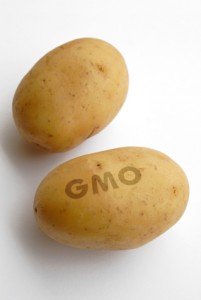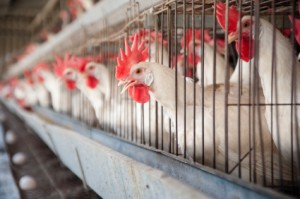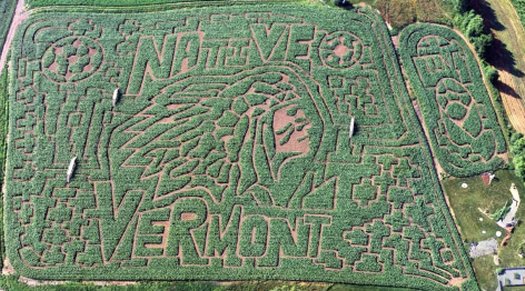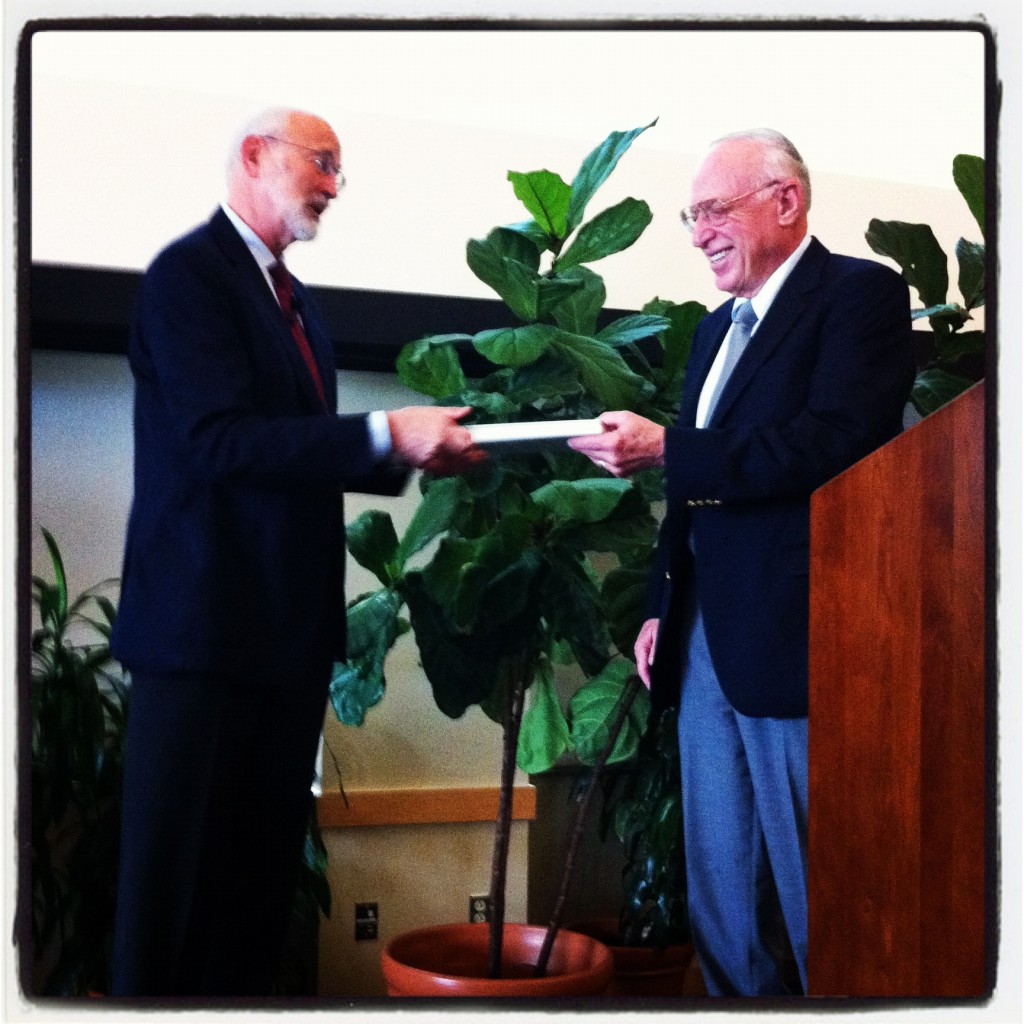This content was originally published by UVM University Communications as part of UVM Today. It was written by Joshua Brown. See original article by clicking here.
Over the next forty years — if we are to feed the planet’s burgeoning population — we must produce as much food as we did over the last eight thousand years.
This is Jason Clay’s fundamental challenge to the world. And it’s the reason he thinks small-scale change in our food system won’t solve the problem.
“In Vermont and around the world,” he says, “business as usual and incremental change will not get us where we need to go.”
That’s why he’s a passionate conservationist who works closely with some of the largest corporations in the world — helping them re-imagine the ways they produce and purchase food.
“This increase in production is so dramatic,” Clay says, “that if we don’t find the right places and ways to grow food, the earth will be unrecognizable.”
Jason Clay will deliver the 2012 Aiken Lecture, “Feeding 9 Billion, Maintaining the Planet,” at the University of Vermont’s Ira Allen Chapel at 5 p.m., Thursday, Oct. 18.
The event is free and open to the public.
Seeking global standards
Jason Clay works for the World Wildlife Fund (WWF) as the senior vice president for market transformation.
As one of the world’s leading experts on certification in the food system, Clay created one of the first ecolabels and helped develop standards for more than a dozen commodities, from soy to shrimp, that reduce the impacts of production.
“Right now, the single largest impact of humans on the planet is food and fiber production,” Clay says. “If we continue to expand production into natural habitat, there will be very little natural habitat left by 2050.”
His lecture will focus on understanding the most important of these impacts — as well as myths about food production. There are “key trends in population, income, consumption, urbanization and trade,” he says — worrisome trends — “that should give us pause.”
Clay’s goal is to create global standards for producing and using raw materials, particularly in terms of carbon and water. He has convened industry roundtables of retailers, buyers, producers and environmentalists to reduce the key impacts of growing many products including soy, cotton, sugarcane, salmon, mollusks, catfish and tilapia.
“We now have 10 to 25 percent of global production and buyers sitting at the table for each commodity,” he says.
These gatherings and his visionary ideas are changing the way corporations — as well as governments, foundations, researchers, and NGOs — address risks and opportunities.
“There is no silver bullet that will allow us to freeze the footprint of food,” Clay says. “Every use of resources has impacts, but we must define which impacts are acceptable.”
Rainforest Crunch
Clay’s favorite flavor of ice cream is Ben & Jerry’s Rainforest Crunch, which he helped create — with sustainably harvested ingredients— after meeting Ben Cohen at a fundraiser featuring the Grateful Dead.
“The issue is not what to think, but how to think,” Clay says.
Clay ran a family farm, taught at Harvard and Yale, worked at the U.S. Department of Agriculture and spent more than 25 years working with human rights and environmental organizations before joining WWF in 1999.
Clay studied at Harvard University and the London School of Economics, and received his doctorate. in anthropology from Cornell University. He founded the award-winning journal Cultural Survival Quarterly and is the author of more than 300 articles and many books including World Agriculture and the Environment.
In addition to his WWF role, Clay is the first-ever Food and Sustainability Fellow of the National Geographic Society.
Clay was honored with a James Beard Foundation Leadership Award this year.
UVM’s Rubenstein School of Environment and Natural Resources will host Jason Clay’s visit to Vermont.
“No one has all the answers,” Clay says “but together we can solve this problem and leave our children a living planet.”




















